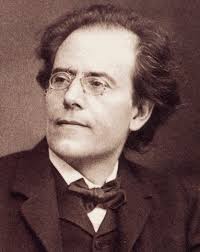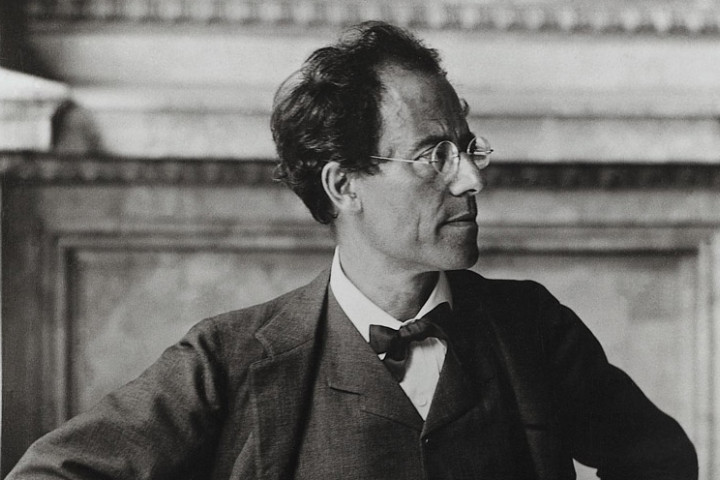Gustav Mahler’s Symphony No. 5 stands as a monumental work in the orchestral repertoire—a piece that marks a pivotal transformation in the composer’s musical voice. Completed in 1902, the symphony is a rich tapestry of emotional depth, structural innovation, and expressive power. It has since become one of Mahler’s most beloved and frequently performed works.
A New Chapter in Mahler’s Career
Mahler composed his Symphony No. 5 during a time of significant personal and professional change. After suffering a near-fatal hemorrhage in 1901, Mahler’s brush with death greatly influenced his outlook on life and art. Around the same time, he met and fell in love with Alma Schindler, whom he would marry in 1902. These life events are deeply embedded in the emotional fabric of the symphony.
Unlike his earlier symphonies, which incorporated vocal elements and programmatic content, the Fifth Symphony is purely instrumental. It marks the beginning of Mahler’s so-called “middle period,” where he focused on more abstract musical ideas and complex structures.
The Structure of the Symphony
The Symphony No. 5 is structured in five movements, grouped into three parts:
Part I
- Trauermarsch (Funeral March) – The opening trumpet solo signals the somber tone of this movement. Mahler evokes a military funeral procession, underscoring themes of death and mourning.
- Stürmisch bewegt, mit größter Vehemenz (Stormily agitated, with the greatest vehemence) – This turbulent second movement offers emotional contrast and resolution to the first. It is deeply dramatic, representing a struggle against despair.
Part II 3. Scherzo – A bold and spirited movement, the Scherzo provides a sudden shift in mood. Centered around a lively horn part, it represents a dance of life, brimming with energy and optimism.
Part III 4. Adagietto – Perhaps the most famous movement in the symphony, the Adagietto is scored only for strings and harp. It has often been interpreted as a love letter to Alma, and gained further popularity when used in Luchino Visconti’s 1971 film Death in Venice. Its meditative and romantic character makes it a standalone masterpiece. 5. Rondo-Finale – The finale is joyful and exuberant, drawing on contrapuntal techniques and culminating in a triumphant affirmation of life.
Reception and Legacy
When Mahler first conducted the symphony in Cologne in 1904, the response was mixed. Some critics were bewildered by its complexity and shifting moods. Over time, however, the work gained admiration for its emotional depth, innovative orchestration, and architectural balance.
The symphony’s popularity soared in the 20th century, particularly due to the Adagietto, which has been performed frequently at memorials and state ceremonies. Conductors such as Leonard Bernstein, Herbert von Karajan, and Claudio Abbado have championed the work, each bringing unique interpretations to its vast emotional landscape.
A Testament to Resilience and Renewal
Mahler’s Symphony No. 5 is often seen as a journey from darkness to light. Beginning with a funeral march and ending in a joyful rondo, it traces a powerful emotional arc that mirrors the composer’s own personal trials and triumphs. It is a work that speaks to the human condition—its sorrows, passions, and ultimate hope.


No responses yet